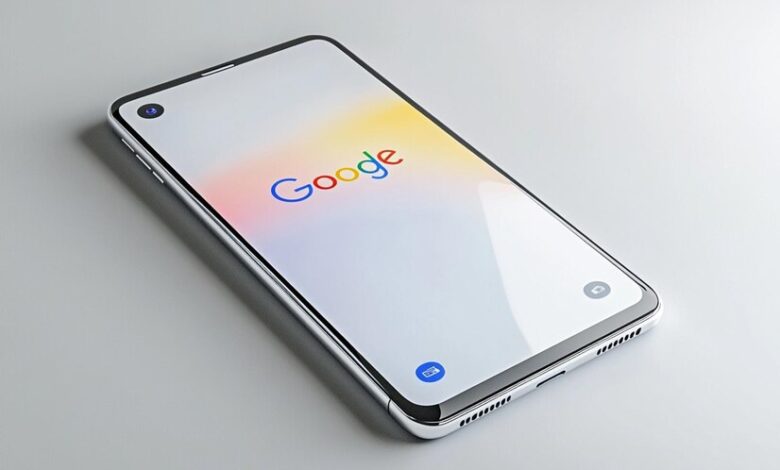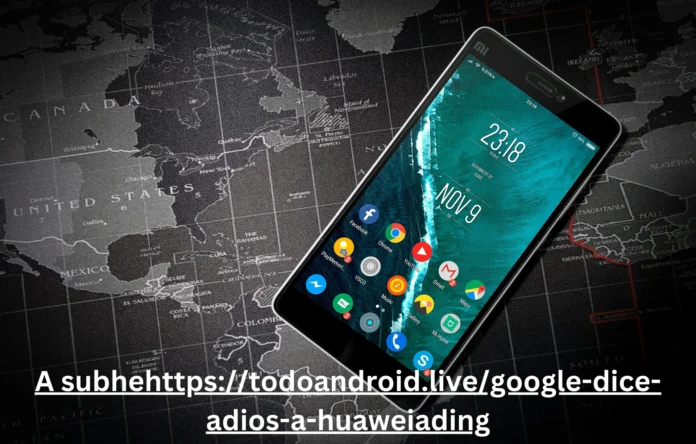In a world where technology rules our everyday lives, a significant shift can create ripples that reach far and wide. One such seismic event was when Google decided to sever ties with Huawei. This decision not only impacted Huawei’s access to critical software but also shook the global tech landscape. https://todoandroid.live/google-dice-adios-a-huawei If you’re intrigued by the unfolding drama between these tech giants, you’re in the right place. Let’s dive in to explore the implications, responses, and future scenarios of this tech split.
Understanding the Ban
The drama began when Huawei was added to the U.S. trade blacklist, a move that severely restricted its access to essential American technologies, particularly those provided by Google. The blacklisting meant Huawei could no longer use Google services on its new devices, including Google Play Store, Gmail, and YouTube. The ban also extended to hardware components, with major suppliers like Intel and Qualcomm halting their business with Huawei. This decision, part of a broader trade conflict, aimed to curb Huawei’s dominance in the tech world amid accusations of espionage and security concerns.
Response from Huawei
Huawei’s response was swift and strategic. Recognizing the immediate threat to its smartphone business, Huawei accelerated its efforts to develop in-house alternatives. The company unveiled its own operating system, HarmonyOS, as a potential replacement for Android. Additionally, Huawei ramped up investments in its app store, AppGallery, to offer users viable alternatives to Google apps. While the transition posed challenges, Huawei’s robust R&D capabilities and loyal customer base provided a solid foundation for navigating the crisis.
Alternatives for Huawei Users
For Huawei users, the ban presented a daunting challenge—how to fill the gap left by Google services. Fortunately, several alternatives have emerged to ensure a seamless smartphone experience:
Alternative App Stores
- AppGallery: Huawei’s own app store, which offers a growing selection of apps and games.
- APKPure: A widely-used platform for downloading APK files directly to your device.
- Amazon Appstore: Another reliable alternative offering a vast array of apps compatible with Huawei devices.
Software Solutions
- Petal Search: Huawei’s search engine that helps users find apps not available on AppGallery.
- Aurora Store: An open-source client for Google Play Store, enabling users to install Google apps without Google services.
Services Substitutes
- Email: ProtonMail and Outlook are excellent alternatives to Gmail.
- Maps: Maps.me and Here WeGo offer robust navigation tools to replace Google Maps.
- Video Streaming: Vimeo and Dailymotion can serve as substitutes for YouTube.
Global Ramifications

The fallout from the Google-Huawei split extends beyond the two companies, influencing the global tech landscape in profound ways:
Competition and Innovation
The ban has intensified competition, particularly among smartphone manufacturers. Companies like Samsung and Apple have capitalized on Huawei’s constrained market presence, while Chinese competitors like Xiaomi and Oppo have also gained ground. Additionally, the situation has spurred innovation, with Huawei leading the charge in developing alternative technologies and ecosystems.
Trade and Technology Dynamics
The conflict underscores the complex interplay between trade policies and technology. The U.S. government’s actions reflect broader concerns about China’s technological ambitions and national security. The tech decoupling between the U.S. and China could lead to a fragmented global tech ecosystem, with distinct regional players and standards.
Future of Huawei and Google
The future relationship between Huawei and Google remains uncertain. While the ban has forced Huawei to pivot towards self-reliance, a potential resolution could restore some level of collaboration. However, any long-term partnership will likely be shaped by geopolitical dynamics and regulatory considerations.
Potential Solutions
Huawei’s commitment to developing HarmonyOS and AppGallery suggests a future where the company becomes less reliant on external tech giants. Meanwhile, Google may explore ways to maintain a presence in the Chinese market through alternative partnerships or regulatory negotiations.
Long-term Impact
The ban has undeniably reshaped both companies. Huawei’s accelerated innovation and focus on self-sufficiency strengthen its position in the global tech arena. Conversely, Google’s decision highlights the importance of adaptability and resilience in an increasingly volatile industry.
Conclusion
The Google-Huawei split is a testament to the dynamic nature of the tech world. For businesses and consumers alike, it underscores the need for flexibility and adaptability in navigating shifting landscapes. As we look to the future, the story of Google and Huawei serves as a powerful reminder of the broader forces shaping the digital age. Stay tuned for more updates on how this situation evolves and its far-reaching implications for the tech industry.

